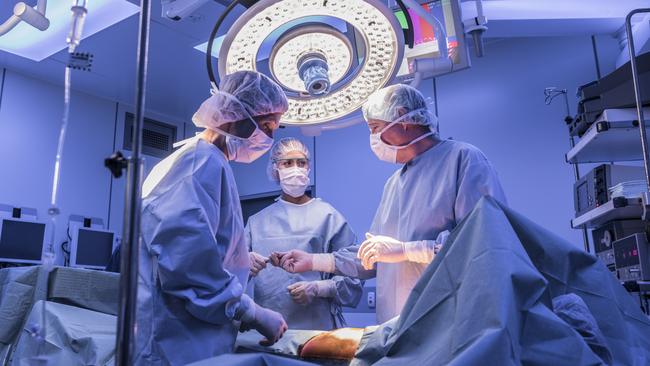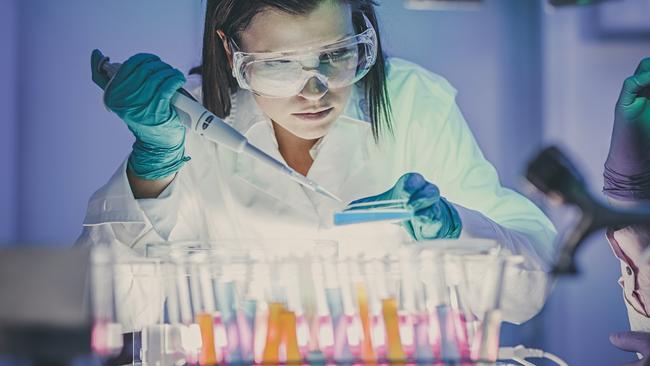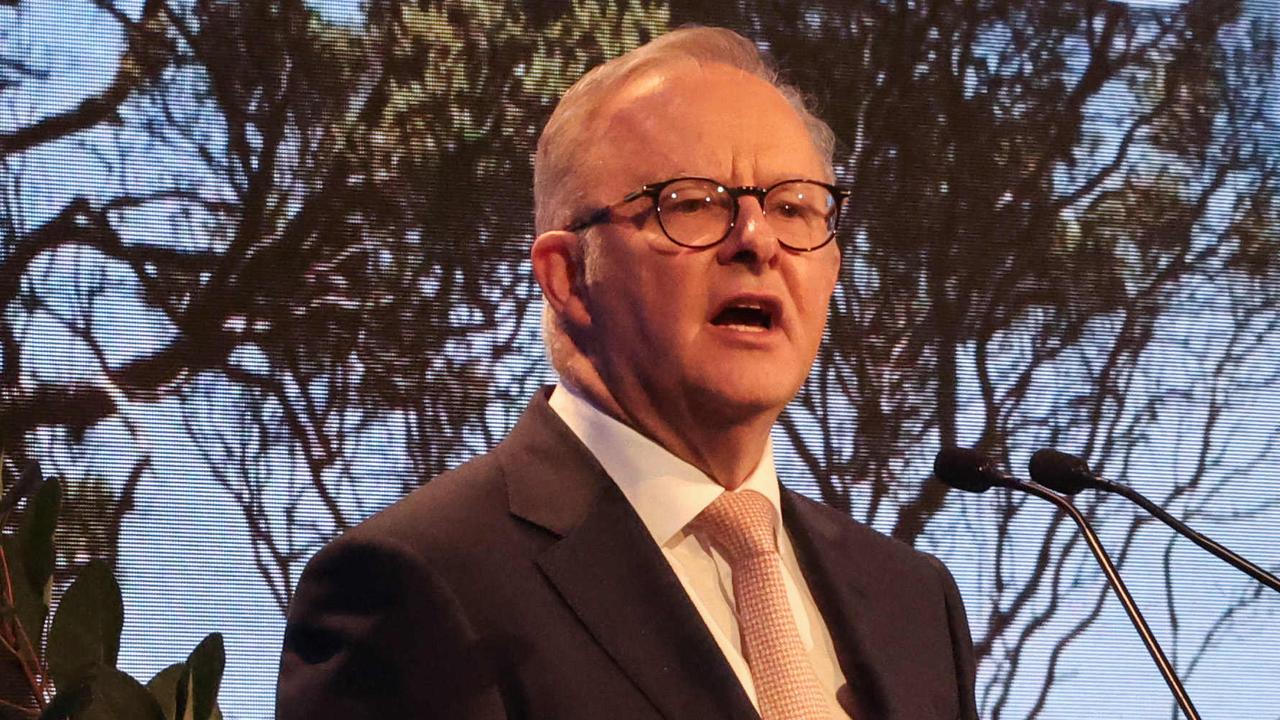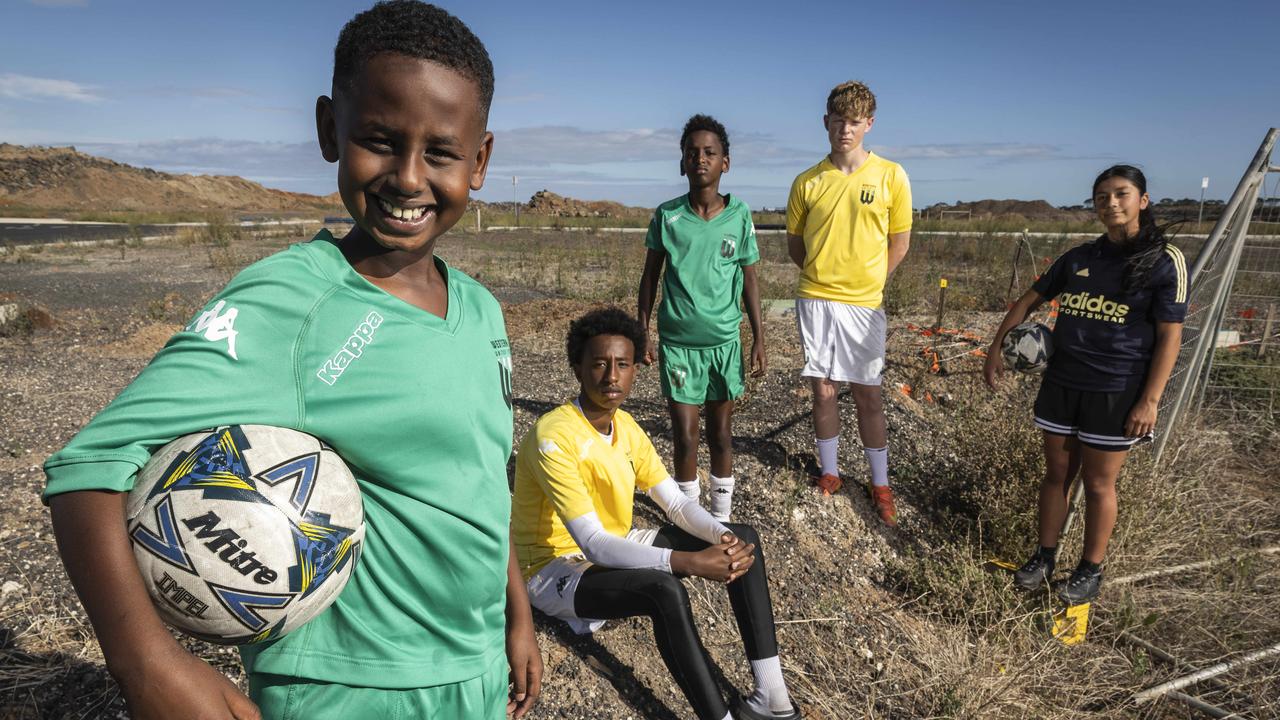Liver patient’s could avoid transplant list by growing their own organ
Melbourne scientists are developing a way for patients with liver disease to grow their own replacement organ in a gap in their groin.

Future Victoria
Don't miss out on the headlines from Future Victoria. Followed categories will be added to My News.
Melbourne scientists are developing a way of growing a second “mini liver”in a patient’s leg, that would be transplanted to replace their own diseased organ.
The radical $1 million research plan to create a new way of treating liver disease, would give a new option to the 7000 Australians who die each year due to the increasing problem of chronic liver disease.
The regenerative surgery research led by the St Vincent’s Institute of Medical Research could inevitably see patients bank their own stem cells at the first sign of liver disease, as an insurance policy in case they urgently need a grow-your-own liver transplant.
The team made a breakthrough four years ago when it developed a way of using three types of human cells to grow mini livers in a dish, with the aim of creating small amounts of liver tissue that could transplanted to replace just a couple of functions in the diseased liver.
But co-lead researcher and trainee surgeon, Dr Kiryu Yap said they had since made a rapid transition to a new technology that was allowing them to upscale their original goal with the new aim of growing entire lobes of liver.
The bold project is being funded by a three-year $1.18 million grant from the National Health and Medical Research Council.
By taking 10ml of a patient’s blood, these cells can be genetically reprogrammed to become Induced Pluripotent Stem Cells; a type of cell that has the capacity to turn into any cell type in the body.
The cells are fed and cultivated with the right amount of nutrients and oxygen, and at the right temperature, to turn them into liver cells.
These cells would then be implanted into a cavity in the patient's groin; a deliberately chosen space as it contains a rich source of major blood vessels to support the liver’s growth.
“The body doesn’t like space, it likes to fill it up. The liver will develops together with the blood vessel to form a very vascularised liver and that is key to survival of transplant, because it brings blood,” Dr Yap said.

“Without that, there is no hope of anything surviving beyond 24 hours because it dies off.
“By creating this highly vascularised liver, connected to a major artery and vessel – which hasn’t been done anywhere else in the world – means I can unplug it, cut out any diseased liver and transplant it.
“We are also devising the surgical techniques to connect all the plumbing of the liver. It not only has blood vessels, but it also has a very important system called bile ducts.
“It you don’t get rid of that properly, the liver also dies.
That’s another clinical problem that has never really been addressed.”
Dr Yap said while the global race to develop mini livers had become a “crowded space”, their unique advantage was that most members of the research team are surgeons.
“We know how to transplant things into the body; what works and what doesn’t,” he said.
“The major limitations that most groups – I can’t think of any group that has succeeded in the space – you might be able to make something that looks promising in the lab, but actually putting it into the body, making it survive and function, as well as function enough to actually treat liver disease has never been achieved.”




